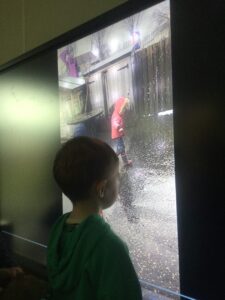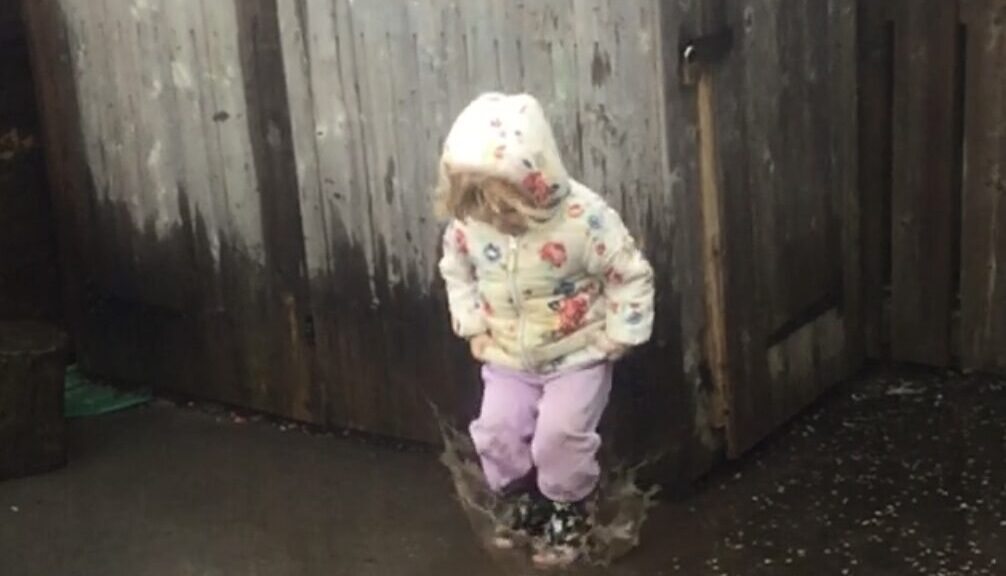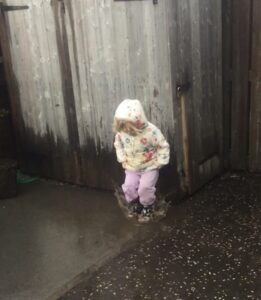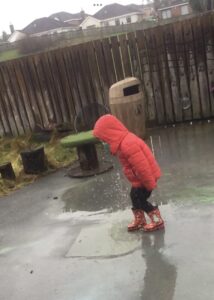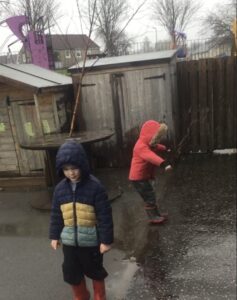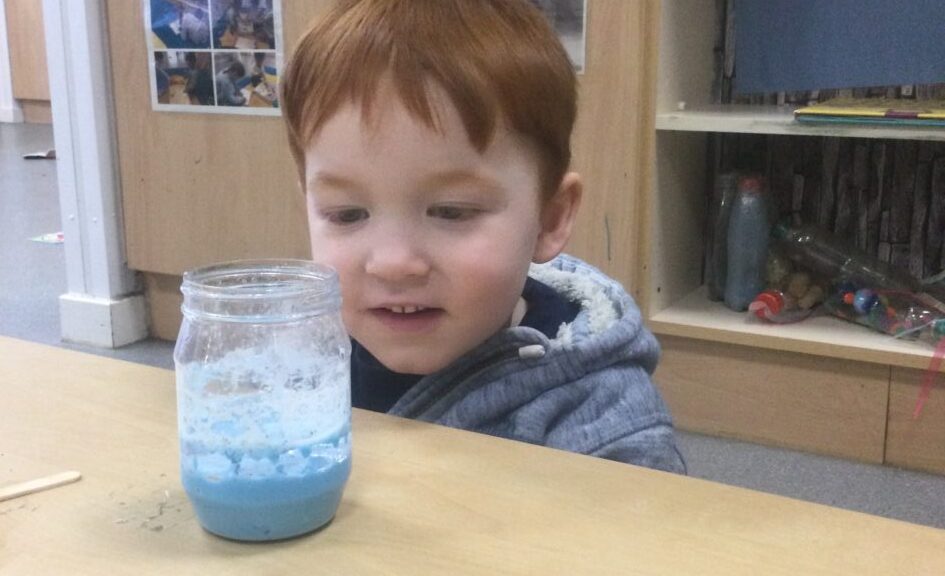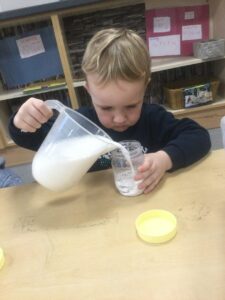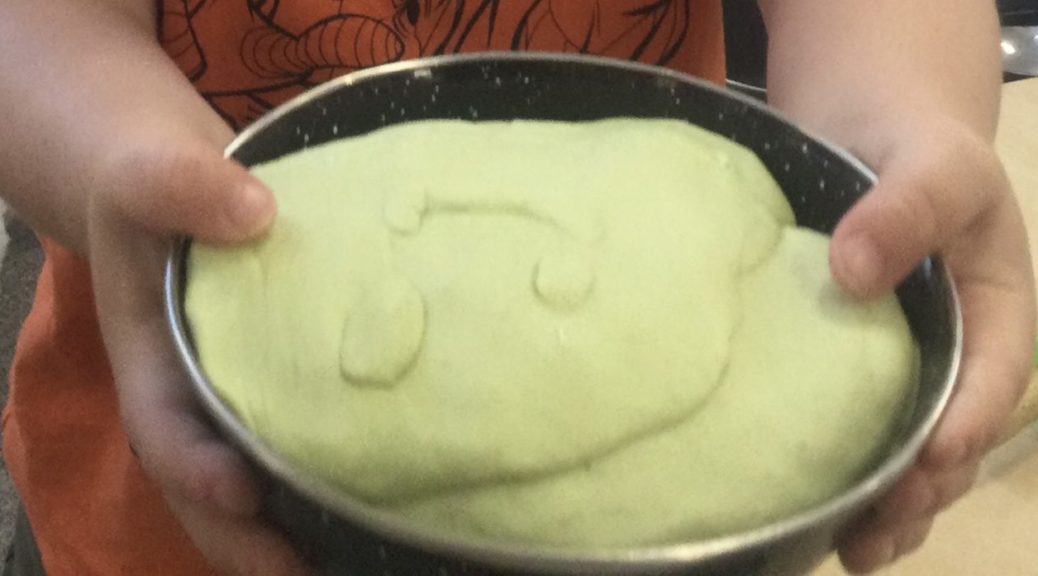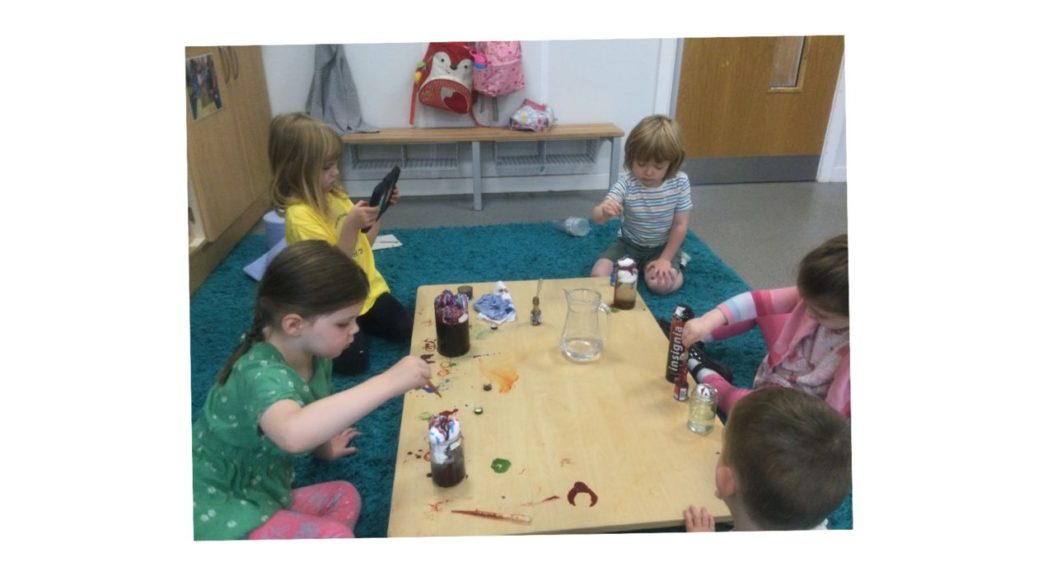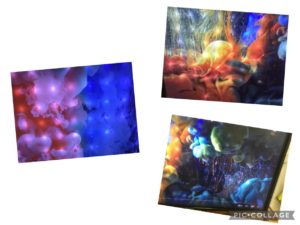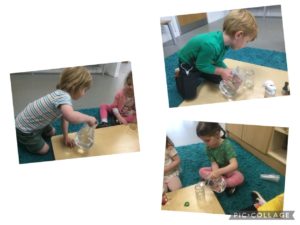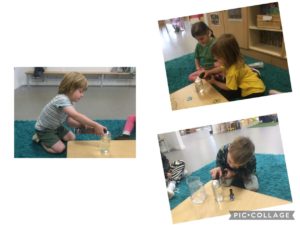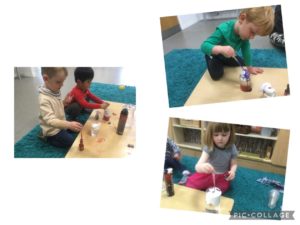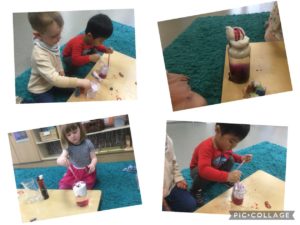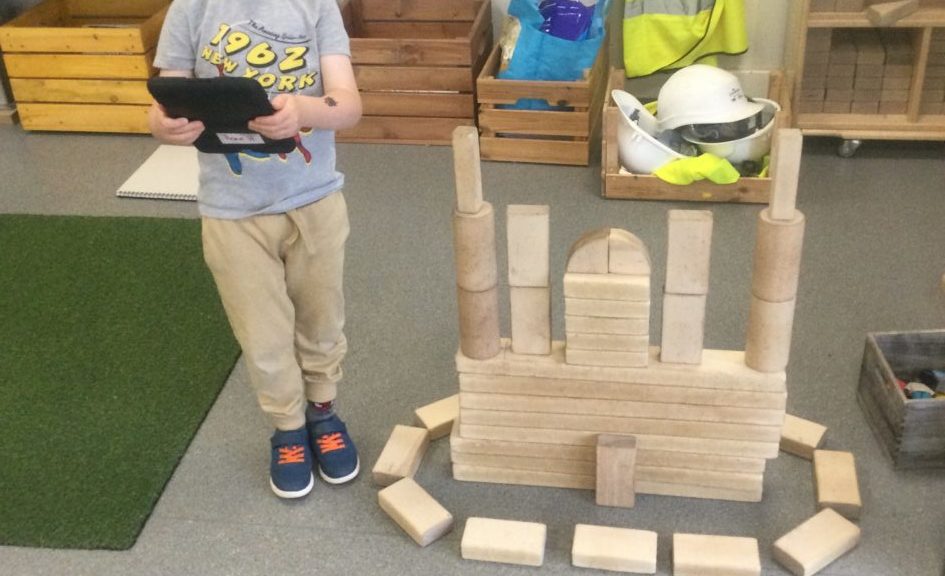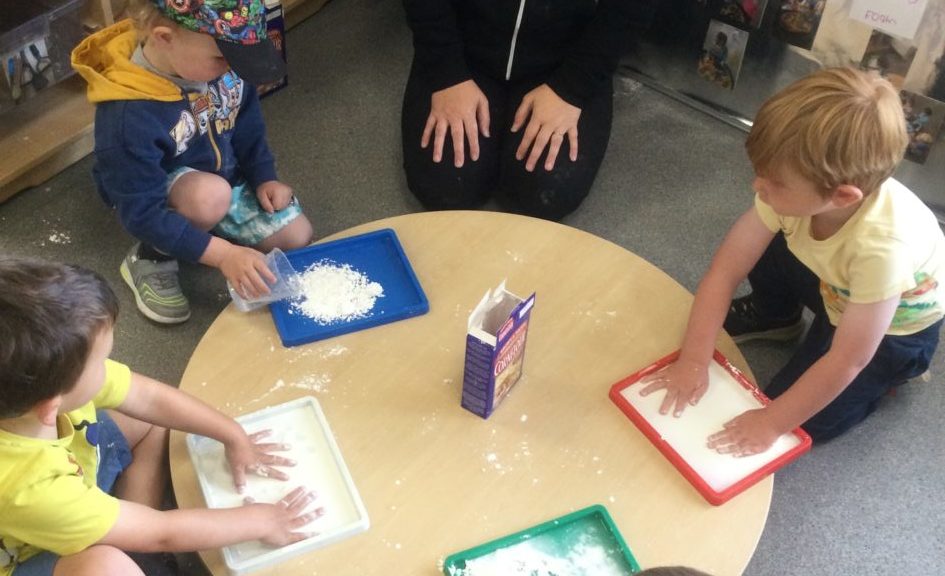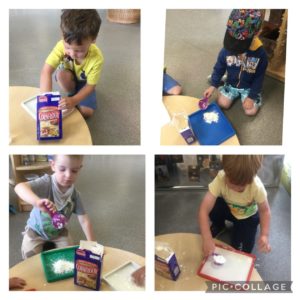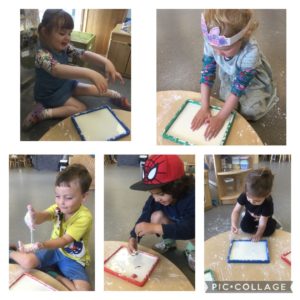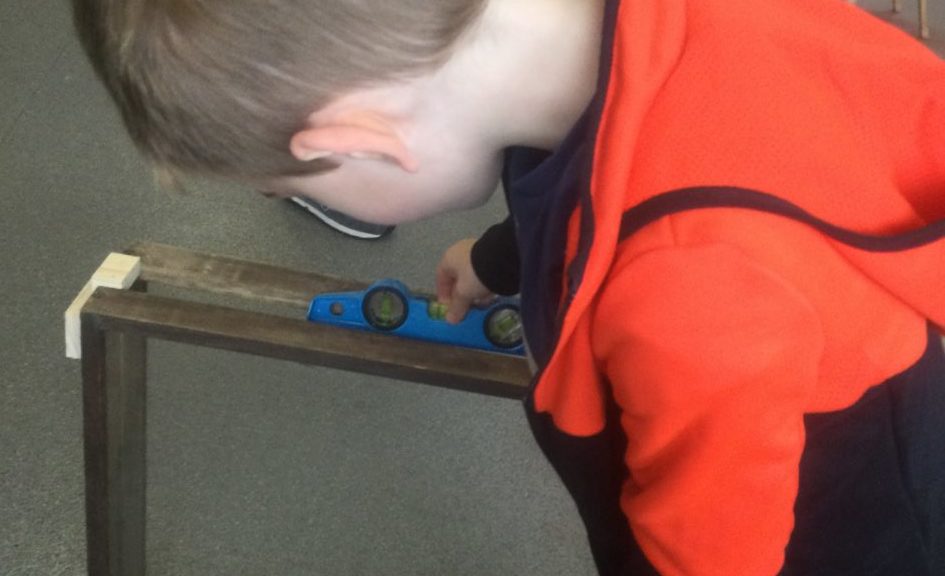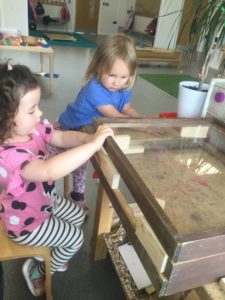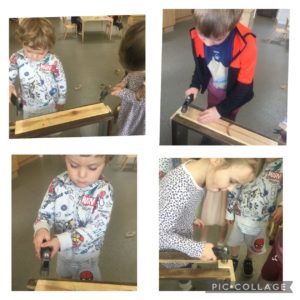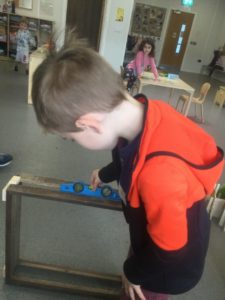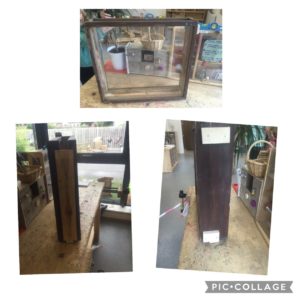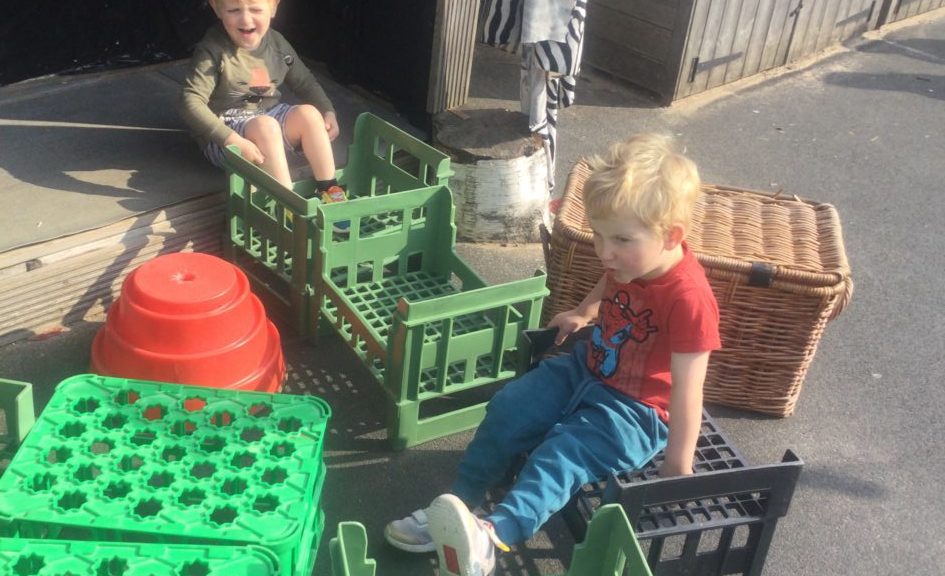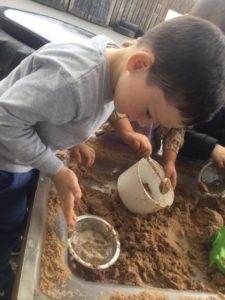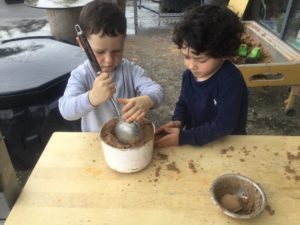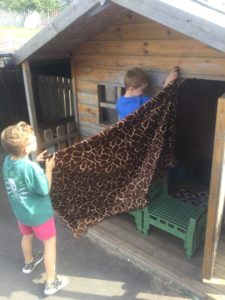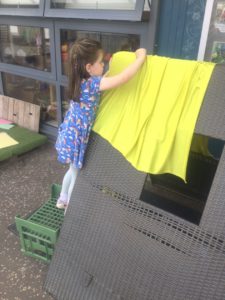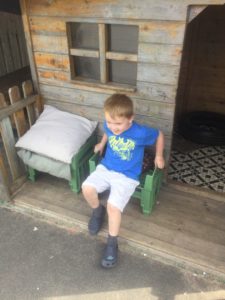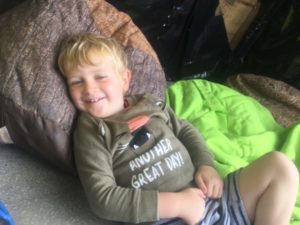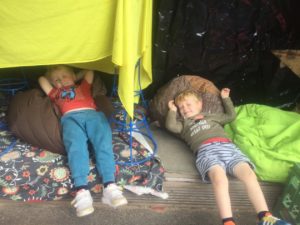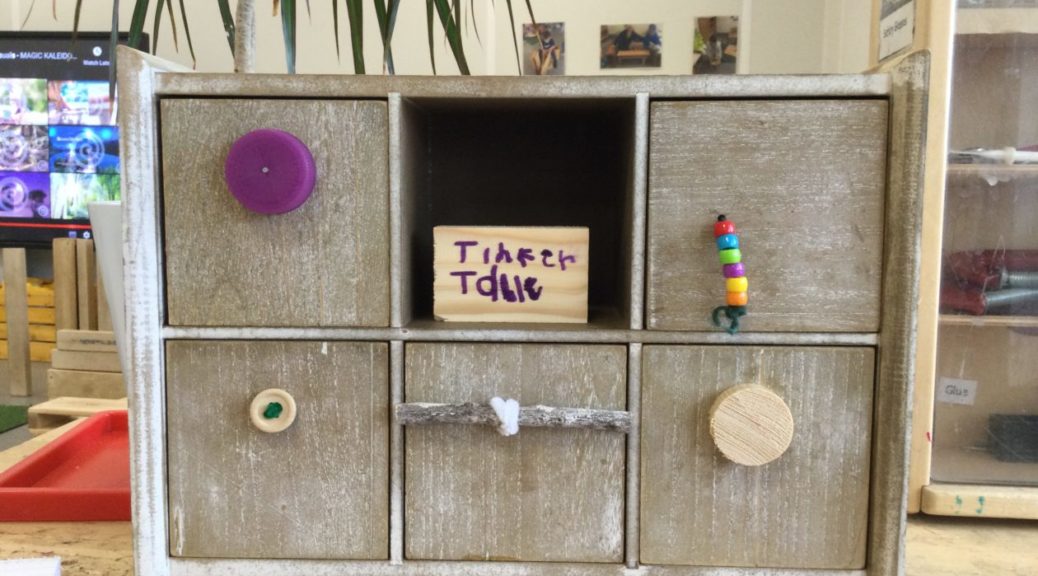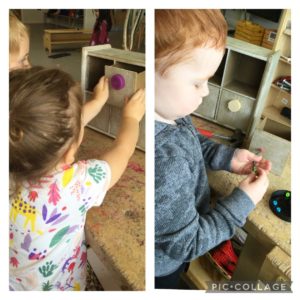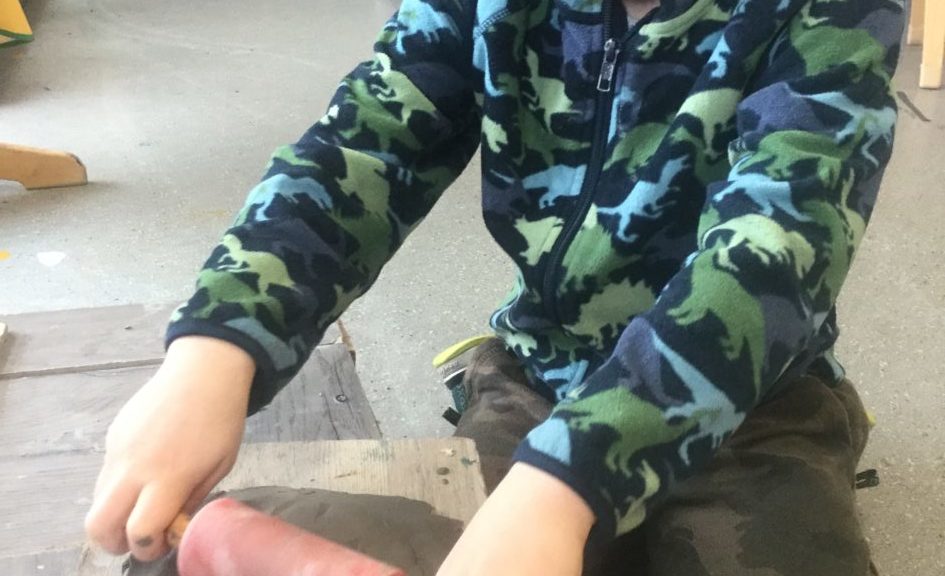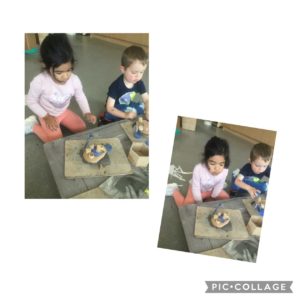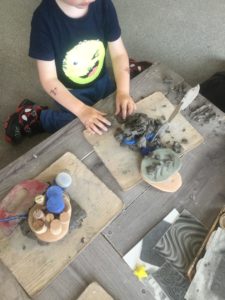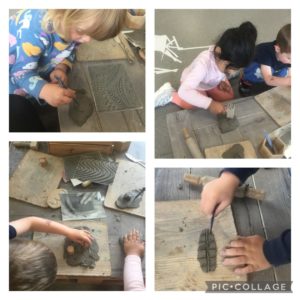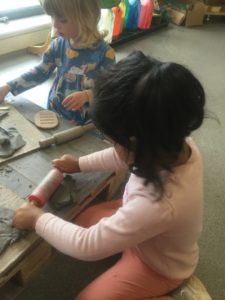It’s been a brilliant few weeks in our busy block area! A number of our 4&5 year olds have become expert architects and construction engineers! They are able to describe what they are going to build before they start, draw their own plan, demonstrate excellent problem solving skills when creating their fabulous models and then use our iPads to capture images to create a fabulous display of their work.
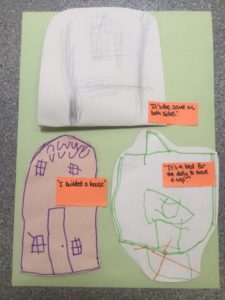
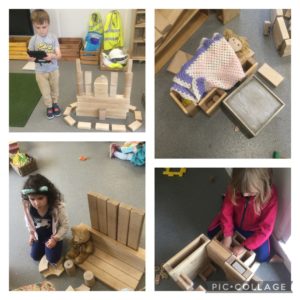
”I used lots of blocks. I did it like symmetry, the same on each side. We found a picture that looks like it on the iPad”.
”We made a high chair for the teddy to sit in to eat his lunch, and a bed for the dolly cos she was tired”.
”I builded my house. These are the walls. I made a table and chairs and bunk beds to sleep in”.
Our 2 & 3 year olds have had lots of fun exploring stacking, demonstrating excellent problem solving skills by investigating how the blocks turn, fit on top of each other and different sizes, shapes and weights.
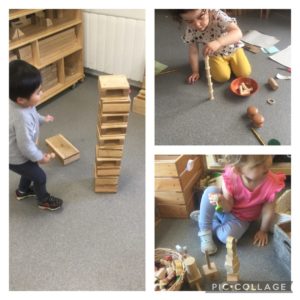
It was so much fun to see how many we could put on top of each other before they fell over!
Through observing and learning from our more experienced children, our 2&3 year olds are at the early stages of creating their own bridges. Although they much prefer using their friends creations for their cars and trucks!
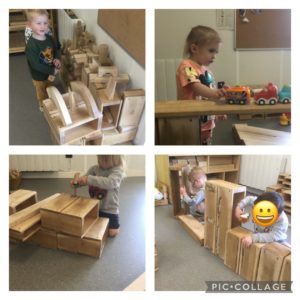
To add further challenge and depth to their learning, our children were set a challenge to see if they could build a bridge to help our small world people cross the river safely! This sparked some wonderful conversation, problem solving, creativity and teamwork! Our children designed their own village with a school, park, shops and lots of houses and constructed some wonderful bridges to allow our people to cross the river safely to “go to the shops and the park”.
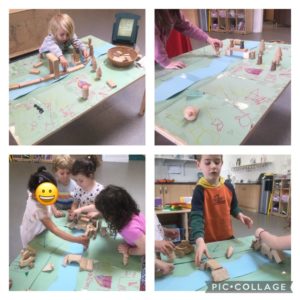
“I builded a bridge. There’s crocodiles in the water!”
“Look the people can cross the river to get to the park and the shop”.
”This bit doesn’t fit. We need a longer bit. Why don’t we try this bit?”
It has been so much fun watching our children develop their design and creativity talents, we can’t wait to share our future creations with you!
Articles 28 & 29 – children have the right to an education, children have the right to an education which tries to develop your talents and abilities.
